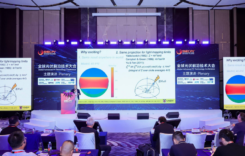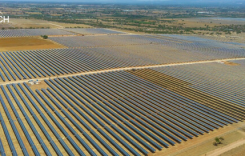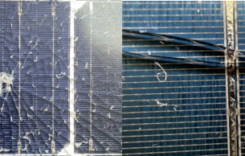PVTIME – During recent military exercises in Virginia Beach, the US Army demonstrated a mobile microgrid equipped with solar panels. Developed by Swift Solar, the perovskite-silicon tandem modules fulfilled their energy supply duties and marked the first time that perovskite materials had proven their practical value in a real combat setting. This secured a key breakthrough in the transition from laboratory research to battlefield use.

Swift Solar recruits its top research talent from the Massachusetts Institute of Technology (MIT) and Stanford University. While its perovskite-silicon tandem modules resemble traditional silicon-based solar panels, they offer notable performance benefits: they produce 30% more power per unit area and are lighter. For soldiers in the field, this means that the same amount of equipment can deliver more electricity to power communications, reconnaissance and survival gear. Reduced weight also improves their mobility and ability to operate for longer periods.
Dr Slonopas, the project lead, highlighted that power demands on modern battlefields are rising exponentially. From drone swarms to electronic warfare systems, energy resilience has become a decisive factor in success or failure. Previously, questions were raised about the durability of perovskite materials, but Swift Solar has resolved this issue with its proprietary vapour deposition technology. This innovation enables the modules to operate continuously at high temperatures for 3,000 hours without any loss of efficiency, while also reducing the time required to deposit the perovskite layer to under five minutes. This solves the issues of slow traditional processes and inconsistent batch production.
In terms of efficiency, the perovskite-silicon tandem structure has achieved a laboratory conversion rate of 34.8%, which far exceeds the 27.3% limit of commercial silicon cells. This gives the technology significant potential for civilian applications. Paul Maloney, CEO of Resilient Energy, noted that the high energy density and flexibility of perovskite modules enable microgrids to be set up in 90 minutes in fast-deployment scenarios such as disaster relief. Their modular system, when combined with diesel generators and battery storage, can provide stable power in extreme conditions.
This trial is part of the US Army’s ‘Cyber Fortress’ programme and has received over 60 million US dollars in venture capital and government funding. Swift Solar plans to reach commercial mass production within the next 24 months and achieve gigawatt-scale capacity by 2030. Industry experts point out that the intersection of clean energy and national defence security in perovskite technology demonstrates that battlefield energy self-sufficiency has become a new dimension in the military competition between major powers. This technological breakthrough is accelerating the reshaping of the global energy landscape, with applications set to expand into emergency rescue in the field, providing a power supply for remote areas, vehicle-mounted energy, and building-integrated photovoltaics.

Scan the QR code to follow PVTIME official account on Wechat for latest news on PV+ES











